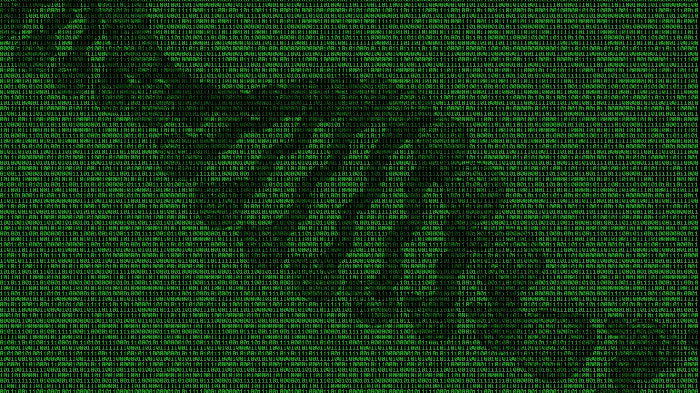There is a similarity between strings of binary and strands of organic DNA: they both carry actionable information encoded into reconfigurable symbols.
Using nature’s biodiversity as a guiding principle, scientists at the University of Denmark’s Center for Fundamental Living Technology got digital code to act like the building blocks of organic life and reproduce like DNA. They developed a method that allows information strings made of binary code to autonomously self-replicate and mutate in a virtual simulation.
“There’s no doubt that living and intelligent technology will be the next really big thing the same way that we've had a revolution with information technology” head of the research, Steen Rasmussen, said. “We’ve only seen the tip of the iceberg.”
Like DNA, with enough replication and slight variations, the software could become resistant to viral attacks through digital biodiversity.
Read more on Motherboard

Share your thoughts and join the technology debate!
Be the first to comment